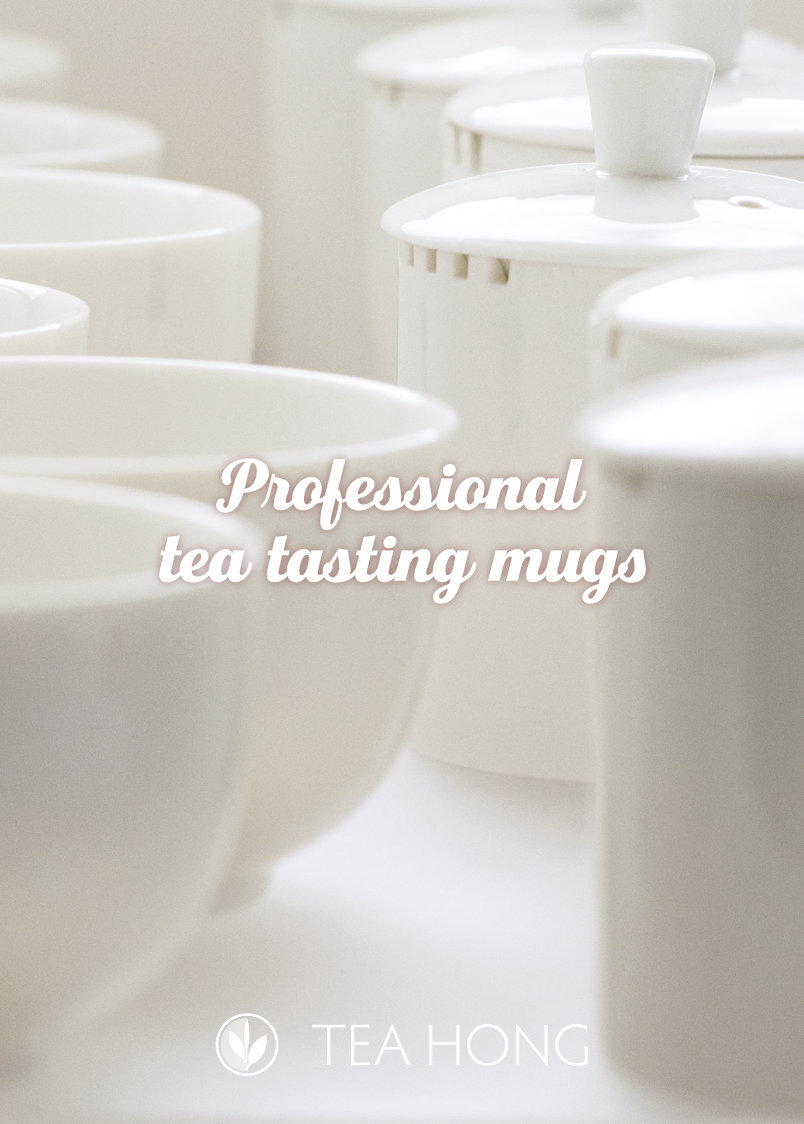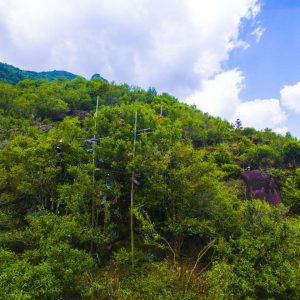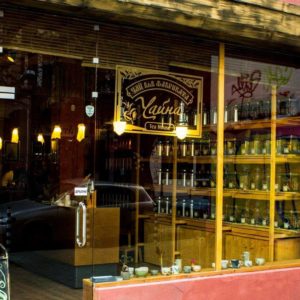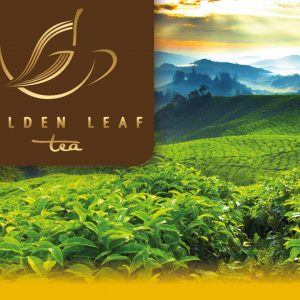Home › Dialogues › Tea Reviews › How is the degree of oxidation measured in tea production?
Tagged: fermentation, leo, tea-processing, tea-production
- This topic has 0 replies, 1 voice, and was last updated 11 years, 2 months ago by
Tea Man Bill.
Viewing 0 reply threads
-
AuthorPosts
-
-
2013.02.25 at 6:04 am #8544
Tea Man Bill
ParticipantThere is a discussion that Leo participates in another forum that I think would benefit the readers here to read.
A person in the tea business asked,“How is the degree of oxidation measured in tea production?
I know the degree of wither is always a % of water loss by weight, however we often hear of percentage oxidation and I was wondering how that is measured.”A few people of the trade respond and they focus in the measurement of the oxidation of catechins. This is one piece of Leo’s entry:
If we have to look at the “degree of oxidation” at all, the change that happens to the catechins can be argued as one indicator. However, this group of substances don’t always transform into theaflavins. They can become thearubigens, theabrownins, other types of flavanoids, essential oils etc.As a matter of fact the raw leaf can have 300+ substances in it, at various proportions depending on various conditions. The processed leaf can have 500+, at various proportions or the absence of many, again dependent on various conditions. These substances and the proportion of them characterize the taste profile of a tea. As to why catechins are the selected group to measure and not another group, say carbohydrates, to measure, or as Philip points out, the amino acids (in the forming of GABA as well their own transformations), I think is not an answered question.Suppose the head of your tea factory decides that the oxidation of catchins into theaflavins, thearubigins and theabrownins — the 3 groups most measured in commodity black tea — we have to set the parameters for chromatographic analysis for all 3 of them, since they are of 3 different photochromatic values, and yet they are inevitably mixed with one another in the oxidating soup of phytochemicals. If we just take on the colorization of the leaves alone, the domination of, say the darker theabrownins, can be misread as a higher degree of oxidation than it really is. Such a test, as far as I know, lasts for about 40 minutes minimum, if you have your own in house set up. If the analysis is intended for deciding when to halt oxidation processing, is the time lapse changing anything?I am writing an article about an independent tea farm in Sri Lanka and it strikes me when I look at how they process their full leaf tea. They are completely oxidized alright, with no trace of any lighter orange colours. All brown red. The processing skills, however, are rudimentary. The leaves have such great potential to become really top quality. I won’t go into details but basically many biochemical changes that should have happened have not, many that shouldn’t, have.The “degree of oxidation” cannot be a effective tool for quality control or quality definition.Many people have sent me their semi-oxidized teas — what they call oolongs — for evaluation. Most are semi-oxidized black tea. They lack far too many things in them for to be defined as oolong.At certain point I ponder: why are we putting effort in trying to measure a thing that we do not quite yet the definition for measurement is? Are there other more scientific, or technologically sensible way of quality control?
For the whole discussion, you can go to the following link, but you have to have a Linkedin account to see it:
-
-
AuthorPosts
Viewing 0 reply threads
- You must be logged in to reply to this topic.










